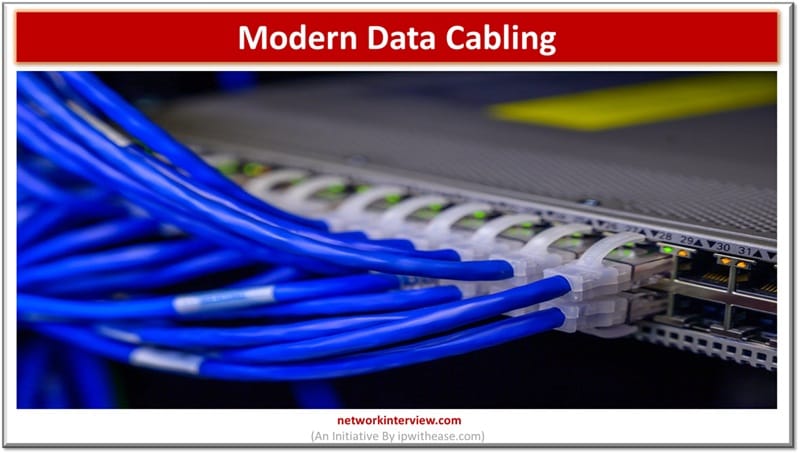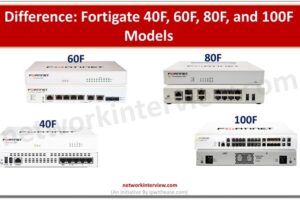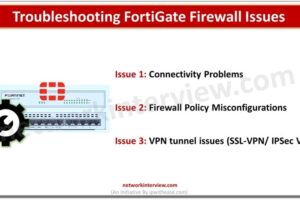
Modern Data Cabling – Building the Digital Spine of Tomorrow’s Workplace
In an era dominated by cloud platforms, Wi‑Fi 6E and software‑defined everything, it is tempting to forget that every byte of corporate data still travels across a physical medium for most of its journey. Data cabling is that hidden infrastructure — a latticework of copper and fiber that lets your business applications breathe. When it is designed well, the network becomes invisible: employees collaborate without lag, cloud backups complete on schedule, and IP‑enabled devices simply work. When it is neglected, productivity grinds, security weakens and upgrade costs spiral. Far from a commodity, cabling is the digital spine of the modern workplace and deserves board‑level attention.
Copper, Fiber or both? Aligning choice with business outcomes
Copper cabling (currently Category 6A for most new builds) remains the workhorse for desk‑top and wireless access‑point connections. It delivers 10 Gbps up to 100 metres, supports Power over Ethernet ++ for IoT endpoints, and is economical when routes are short and patching flexibility is needed. Fiber, by contrast, offers virtually limitless bandwidth, intrinsic immunity to electromagnetic interference and longer reach, making it ideal for risers, data‑centre trunks and sprawling industrial estates.
Most enterprises now deploy a hybrid architecture: multi‑core OM4 or OS2 fiber for backbone links and copper for the horizontal. The split is not merely technical — it reflects risk tolerance, budget horizon and growth plans. A site anticipating high‑density Wi‑Fi 7 or augmented‑reality workflows may justify Cat 8 to each consolidation point, whereas a professional‑services office with stable head‑count may be better served by Cat 6A and a disciplined refresh cycle.
Standards, Compliance and the UK Regulatory Backdrop
British businesses must navigate a web of standards that govern safety, performance and fire behaviour. BS 6701 sits at the heart of UK cabling practice, referencing the ISO/IEC 11801 series for generic cabling design and BS EN 50173 for performance classes. Since 2017, the EU Construction Products Regulation (CPR) has forced manufacturers to declare reaction‑to‑fire classes (Eca through B2ca) for cables used in fixed installations — a requirement that still applies in Great Britain post‑Brexit. Choosing the correct Euroclass is more than a checkbox; it dictates evacuation time in an emergency and may influence insurance premiums.
A compliant design will also respect BS 7671 (IET Wiring Regulations) for segregation from power circuits, and Adopted Guidance from The Joint Code of Practice (JCoP) on hot works and penetrations. Skimping on these details passes risk down the supply chain, exposing facilities managers to contractual disputes and costly remedials.
Planning for Capacity
Unlike laptops or access points, cabling should last through at least two device refresh cycles — typically 15 years. Forward‑looking surveys therefore model not today’s bandwidth but tomorrow’s. Questions worth asking include:
- Device density: How many IoT sensors or wireless radios could occupy each zone in five years?
- Power budget: Will you be driving LED lighting or pan‑tilt‑zoom cameras over PoE++?
- Pathway headroom: Are tray and basket routes sized for 40 % spare fill to accommodate moves and adds without invasive works?
- Building fabric: Are there heritage constraints that limit containment routes or require non‑intrusive fastening methods?
By treating cabling as a strategic asset rather than a sunk cost, organisations avoid the expensive game of perpetual catch‑up.
Installation Best Practice
Cutting‑edge components can be hobbled by poor workmanship. The following disciplines separate robust networks from intermittent nightmares:
- Bend‑radius discipline: Both copper pairs and fiber strands lose performance when over‑bent. Adhere to the manufacturer’s minimums; train installers to spot and rectify tight loops during fix.
- Separation from noise sources: Maintain at least 200 mm clearance from fluorescent ballasts, high‑voltage conduits and lift motors, or employ shielded solutions where proximity is unavoidable.
- Cable management and labelling: Neatly dressed looms with velcro (never plastic ties) allow airflow, simplify audits and cut Mean Time To Repair. A structured labelling scheme — typically floor‑rack‑port — can shave hours off troubleshooting.
- Containment integrity: Fire‑stopping around penetrations using intumescent pillows protects compartmentation, a legal requirement under the Regulatory Reform (Fire Safety) Order 2005.
Testing and Certification
Lives and livelihoods run over cabling; proof matters. A credible contractor will test 100 % of links with calibrated field testers, typically a Fluke Networks DSX or similar, capturing not just pass/fail but parameters such as insertion loss, NEXT, return loss and propagation delay. Results should be supplied in an open format (PDF or XML) and retained with O&M manuals. For fiber, OTDR traces complement light‑source and power‑meter tests, revealing micro‑bends and splice anomalies that visual inspections miss. Certification at hand‑over shifts risk away from the client and accelerates sign‑off for landlords or main contractors.
Lifecycle and Sustainability
Corporate sustainability targets now reach into the comms room. While cables themselves are low‑energy consumers, their production and disposal carry a carbon footprint. Best practice includes:
- Modular containment that can be re‑used when walls are repositioned.
- Halogen‑free sheathing to minimise toxic emissions if a fire occurs.
- Take‑back schemes where off‑cuts and decommissioned looms are recycled into new polymer or copper products.
Embedding these principles early aligns the network with Environmental, Social and Governance (ESG) objectives and scores points in tenders that evaluate life‑cycle impact.
Avoiding Common Pitfalls
- Design‑by‑spreadsheet: Relying solely on CAD counts without a physical walk‑through leads to surprise obstructions and under‑budgeted containment.
- Over‑specification without justification: Deploying MPO‑terminated OS2 trunks for a low‑rise office drives up costs without tangible benefit. Align specification with a documented business case.
- Lack of change control: Untracked moves and additions erode the accuracy of as‑built drawings, hampering future upgrades. Institute a simple permit‑to‑patch process.
- Ignoring warranty conditions: Using non‑approved patch cords can void 25‑year system warranties. Verify component interoperability beforehand.
What forward‑thinking firms are exploring
- Single‑Pair Ethernet (SPE): Promises lower‑cost networking for sensors over 1,000 metres, potentially supplanting RS‑485 in factories.
- Wi‑Fi 7 densification: Access points capable of 30 Gbps aggregate throughput will demand multiple Cat 6A or a single Cat 8 link — plan pathways now.
- Edge Compute and Micro‑DCs: As enterprises localise processing for AI workloads, fiber backbones and high‑density cabinet patching will become decisive.
- Smart‑building convergence: Lighting, security and HVAC increasingly ride the IT cabling plant, collapsing departmental silos and intensifying PoE power draws.
Monitoring these trends keeps the cabling conversation strategic rather than reactive.
Data Cabling as Critical Infrastructure
Data cabling rarely features on glossy strategy decks, yet it underpins every digital initiative from hybrid work to analytics at the edge. Approached correctly, it is a once‑a‑decade investment that repays itself through reliability, agility and regulatory peace of mind. Ignore it, and you invite operational bottlenecks, compliance headaches and costly re‑work. Whether you manage a heritage listed HQ or a new build logistics hub, placing data cabling on the agenda today is a concise gesture towards tomorrow’s competitiveness.



